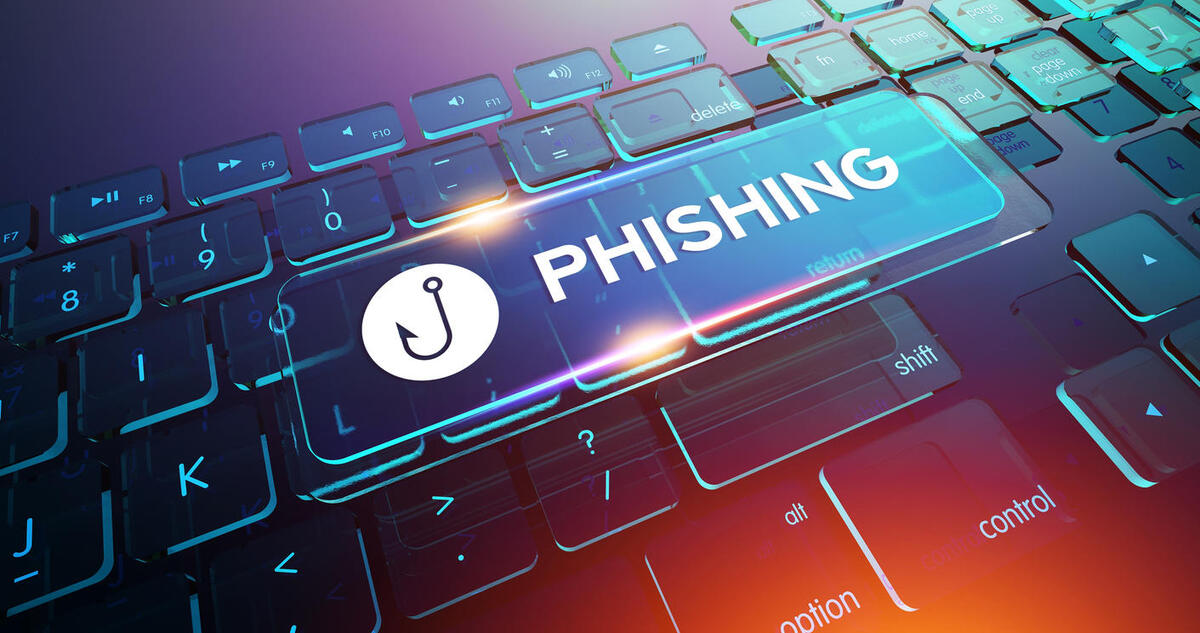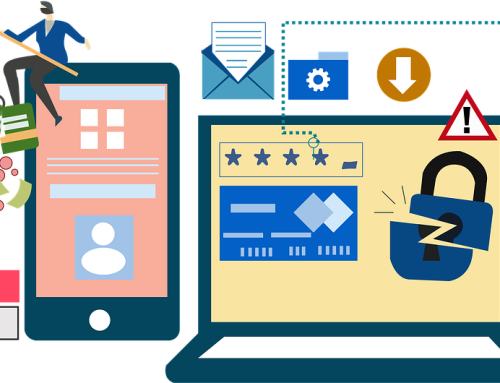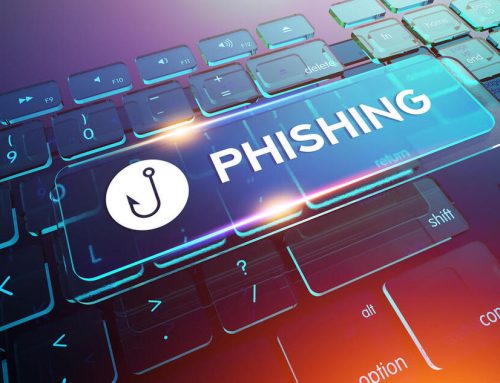Phishing attacks are one of the most common tactics cybercriminals use to access sensitive information, such as login credentials, credit card numbers, and personal data. Falling victim to one of these scams can result in financial loss, identity theft, or security breaches. This blog will guide you through understanding phishing emails and provide actionable tips on how to detect and avoid them.
Why Identifying Phishing Emails is Crucial
Phishing emails are designed to look like legitimate correspondence from trusted institutions, such as banks, government agencies, or reputable companies. This deceptive appearance makes them hard to spot. If a recipient provides sensitive information, attackers can:
- Steal money directly from bank accounts,
- Use personal information to open credit lines,
- Access personal accounts such as emails, e-commerce platforms, or work systems.
Understanding how to identify phishing attempts is a key step in protecting your personal and professional security.
Common Ways to Recognize a Phishing Email
1. Check for a Suspicious Sender
Phishing emails often use fake email addresses that closely resemble legitimate ones. However, slight variations can give them away.
Example:
- Fake email address: `su*****@****le.com`
- Legitimate email address: `su*****@****le.com`
How to Spot It:
- Hover over the sender’s name to reveal the full email address.
- Compare the sender’s email to the official address of the company.
Tools to Investigate Senders:
- Hunter.io or Maltego can verify if the email address is authentic or linked to phishing activities.
2. Beware of Urgent Language
Phishing emails often create a sense of panic to prompt immediate action. Urgent messages like these are a common red flag:
- “Your account has been compromised! Reset your password immediately!”
- “Respond within 24 hours to avoid account suspension!”
Pro Tip:
Legitimate companies rarely use dramatic or urgent language. They will also never ask for sensitive information via email.
3. Look for Generic Greetings
Phishing emails often lack personalization. Instead of addressing you by name, they might use generic terms such as:
- “Dear valued member,”
- “Dear customer,”
Legitimate emails from trusted companies typically address you by your full name.
4. Inspect Suspicious Links
Phishing emails often include deceptive links designed to take users to fraudulent sites that collect their data.
How to Verify Links:
- Hover over any link in the email to see the full URL.
- Ensure the URL matches the official website of the organization. For example, a legitimate Google link should look like `https://accounts.google.com`, not `http://go0gle.acdf.xyz`.
Helpful Tools:
- Use platforms like VirusTotal or URLScan to analyze suspicious links for safety.
5. Watch for Poor Grammar and Spelling
Phishing emails may contain spelling errors, unusual phrasing, or awkward grammar since many are created quickly or by non-native speakers.
Example of Poor Grammar:
- “Your acount has been Temporary suspend, please login to reactivate it immediately.”
Legitimate companies ensure professional communication free from grammar and spelling mistakes.
6. Avoid Emails with Unusual Requests
Cybercriminals often ask for highly sensitive information, such as:
- Social Security numbers,
- Full login credentials,
- Bank account or credit card details.
Legitimate organizations will never request sensitive information through unsolicited emails.
Recommended Tools:
- Use tools like Have I Been Pwned or DeHashed to check if your email address has been exposed in data breaches.
7. Be Cautious with Attachments
Phishing emails may include malware-laden attachments disguised as invoices, reports, or other documents. Opening these files can compromise your device and lead to data theft.
Safe Practices:
- Avoid downloading or opening attachments from unknown or unverified senders.
Tools for Attachment Safety:
- Platforms like VirusTotal or Hybrid Analysis can scan attachments to detect potential threats.
Tips to Avoid Falling for Phishing Emails
- Always verify the authenticity of suspicious emails by directly contacting the sender through a verified communication method (like their official website or phone number).
- Keep your email security settings at the highest protection levels.
- Regularly update your operating system and antivirus software to add an extra layer of malware protection.
- Use Two-Factor Authentication (2FA) for your online accounts for additional security.
Tools to Enhance Detection of Phishing Emails
Consider these tools to help fortify your defenses against phishing attempts:
- Hunter.io or Maltego for investigating email senders.
- VirusTotal and URLScan for checking suspicious links or attachments.
- Have I Been Pwned for monitoring email breaches.
The Bottom Line
Phishing emails are one of the most common cyber threats, but knowledge and vigilance are your best defense. By staying informed and following the tips mentioned above, you can significantly reduce your chances of falling victim to phishing scams.
When in doubt, avoid interacting with suspicious emails altogether and reach out to the organization directly through a verified contact method.
Have you encountered a phishing attempt recently? Share your experiences in the comments below to help others stay protected.



